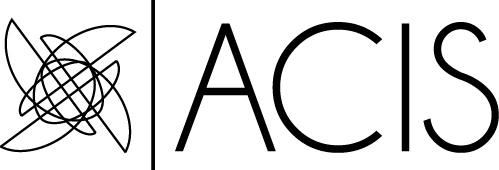
This year marked my first attendance at an ACIS national conference. Perhaps due to my own unfamiliarity with the traditional foci of ACIS conferences, I was somewhat surprised to find very little attention devoted to matters of medieval Irish Studies, my own field. I did, however, note touchstones with the medieval past in several discussions concerning modern Irish identity and how the figure of Cú Chulainn, especially, but also the medieval Irish literary corpus in general have come to support the construction of modern Irish identity in both political and literary spheres.
Patrick Bixby examined the role played in the formulation of identity in just post-revolutionary Ireland by the figure of Cú Chulainn or, more specifically, the sculptural depiction of him housed in the General Post Office. In this, he noted the literal and figurative remolding of Cú Chulainn to stand as the physical and emotional symbol of the Easter Rising that employed European artistic trends and required the glossing over of Cú Chulainn’s traditional Ulster roots. Susan Jardine’s paper, meanwhile, noted resonances of Cú Chulainn’s slaying of his son Connla, Derdriu’s geis on Noisiu, and other aspects of the early medieval literary tradition in arguing for continued elements of “Irishness” in the works of modern Irish-American authors. I found it compelling to reflect on these large and small ways that the stories of a now-distant past could infiltrate and shape modern thought and politics.
Though not related to the Medieval period, Pádraig Ó Siadhail’s paper demonstrated the marked differences between the published story of Micí Mac Gabhann’s Rotha Mór an tSaoil and the manuscript version was particularly intriguing, shedding light on the precarious concept of faithful autobiography. The session devoted to Periodicals as tools of revival and revolution presented four seemingly independent talks that instead pleasantly interconnected, revealing the “narcissism of small differences” that often separates the philosophies of editors and publishers in Ireland and the United States. The recent publication of Periodicals and Journalism in Twentieth Century Ireland, edited by Mark O’Brien and Felix M. Larkin, will certainly be embraced as a welcome contribution to the field as it highlights the well-known and the alternative presses in Ireland. Marjorie Howes’ keynote address also touched upon these issues, as she discussed the role of William Lloyd Garrison’s The Liberator in relation to the abolitionist movement in the mid-19th century.
What struck me most of all at ACIS 2015, however, was the impressive brain trust that was assembled in the lecture rooms and around the break areas. I had never truly seen the benefits of “networking” at other conferences; here, I felt that even scholars whose work seemed tangential at best to my own were able to either guide me to resources or offer insights that I had not previously considered.
